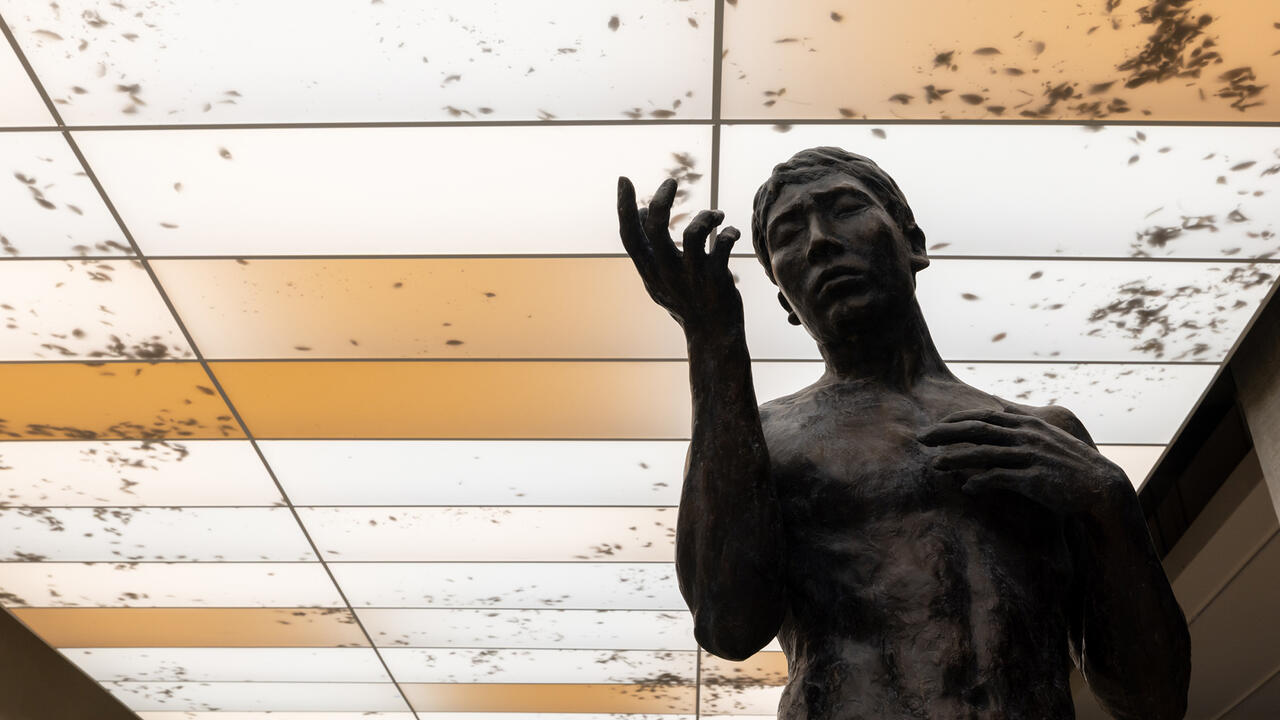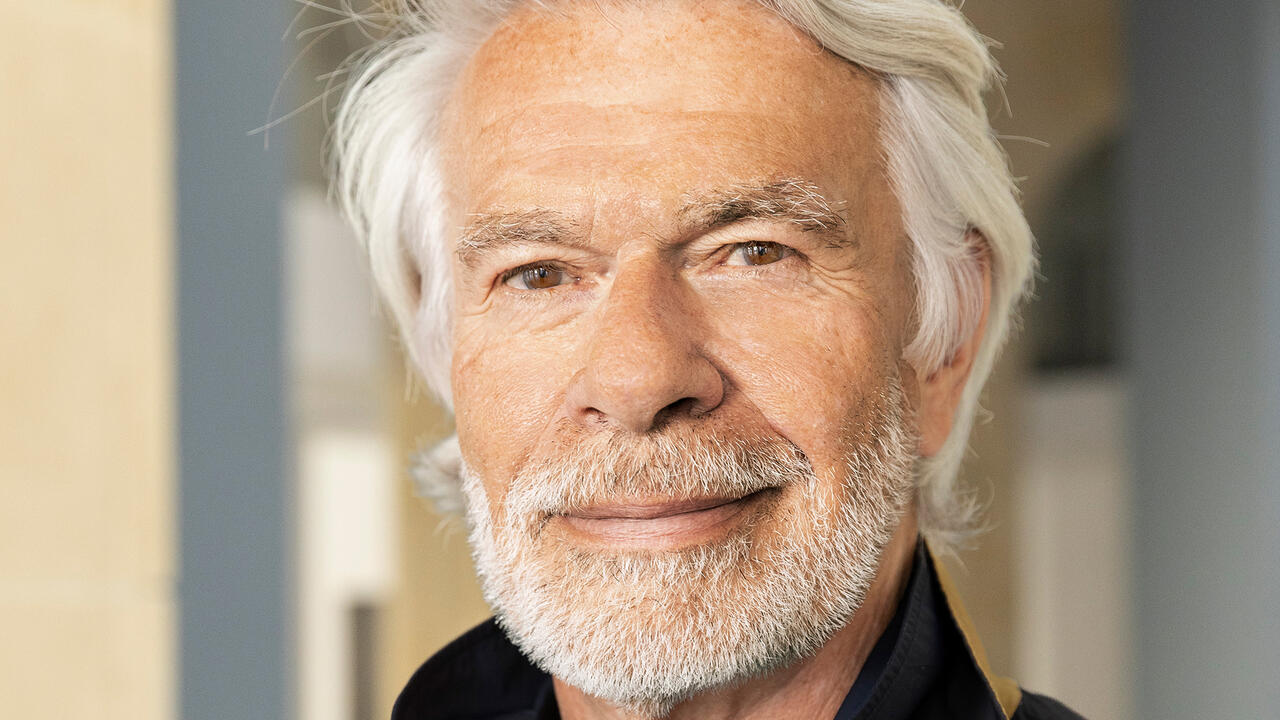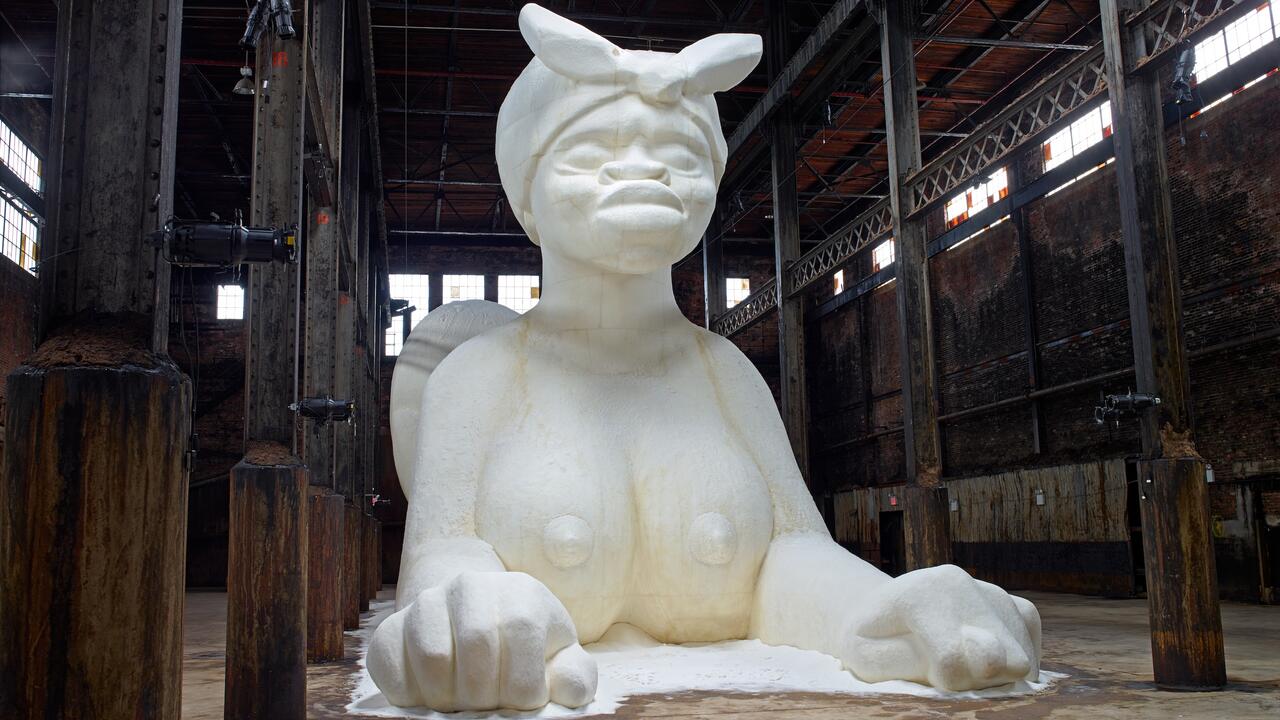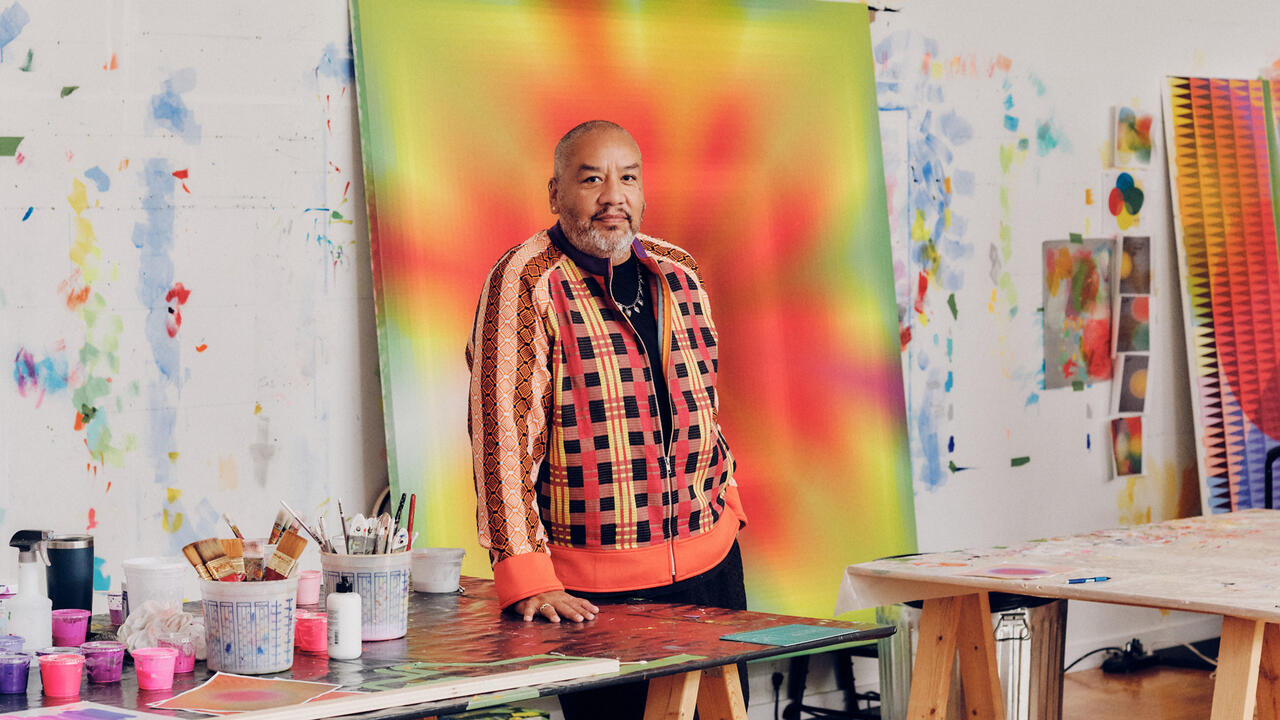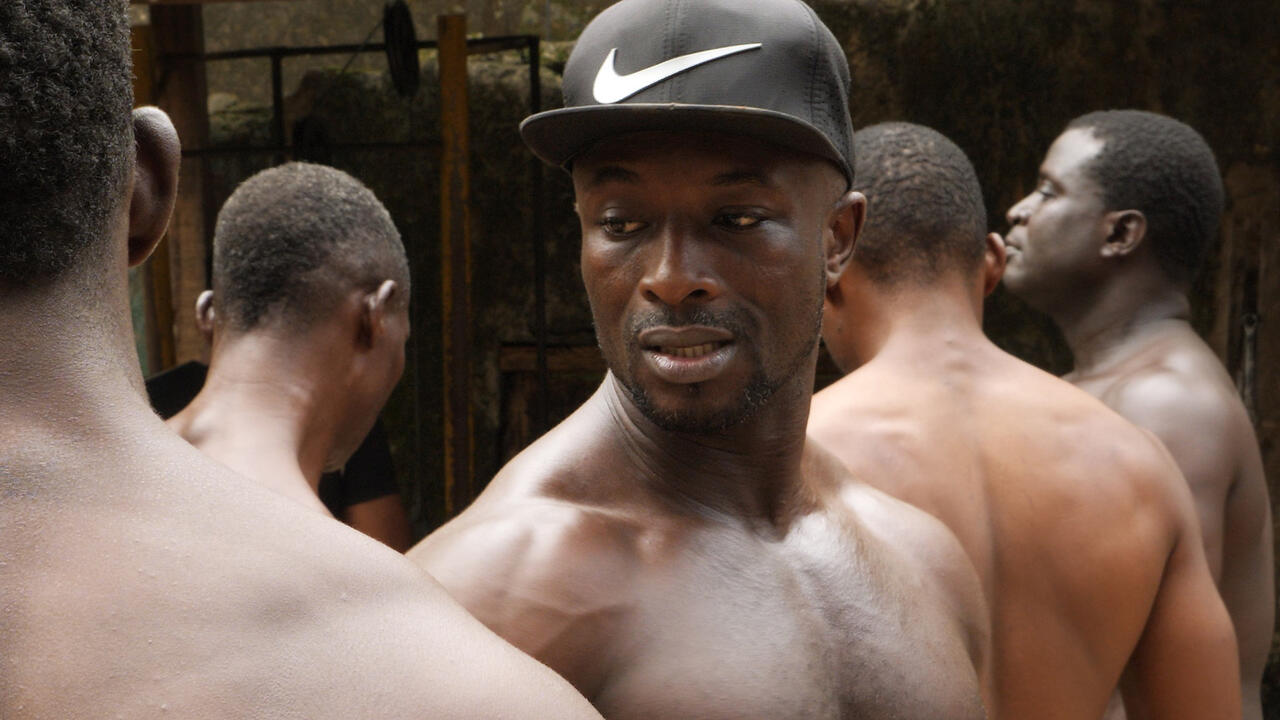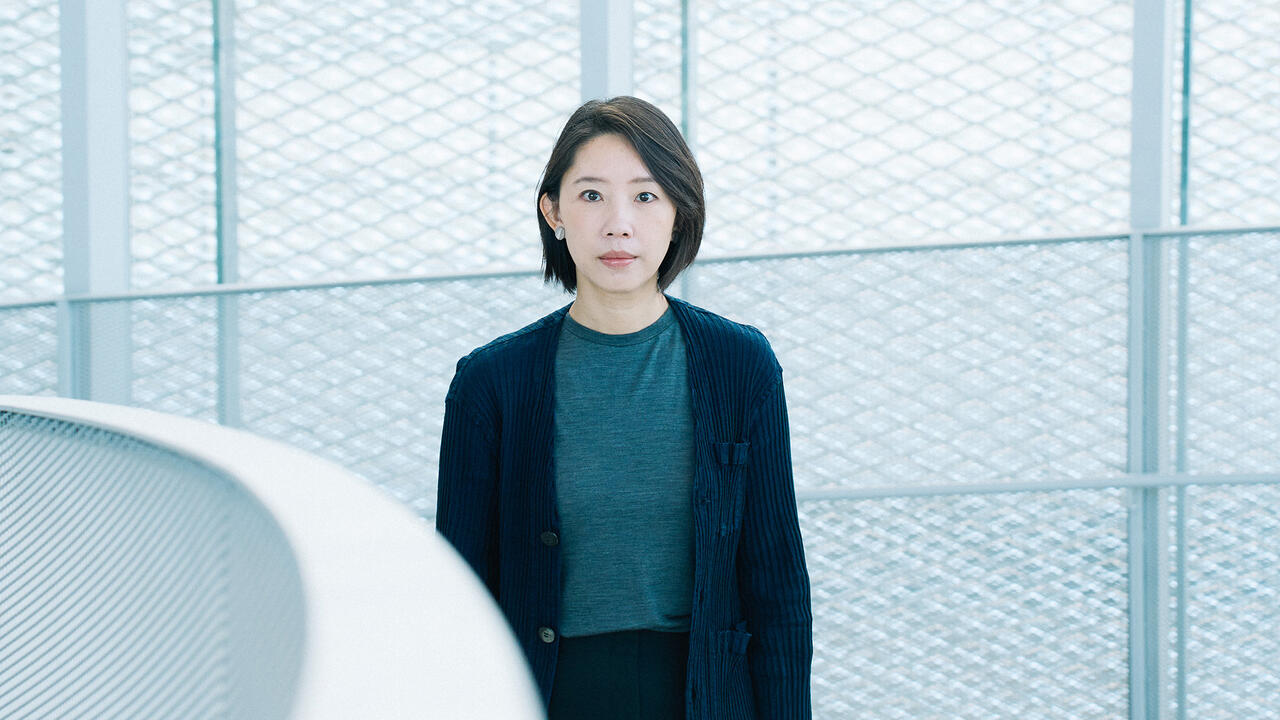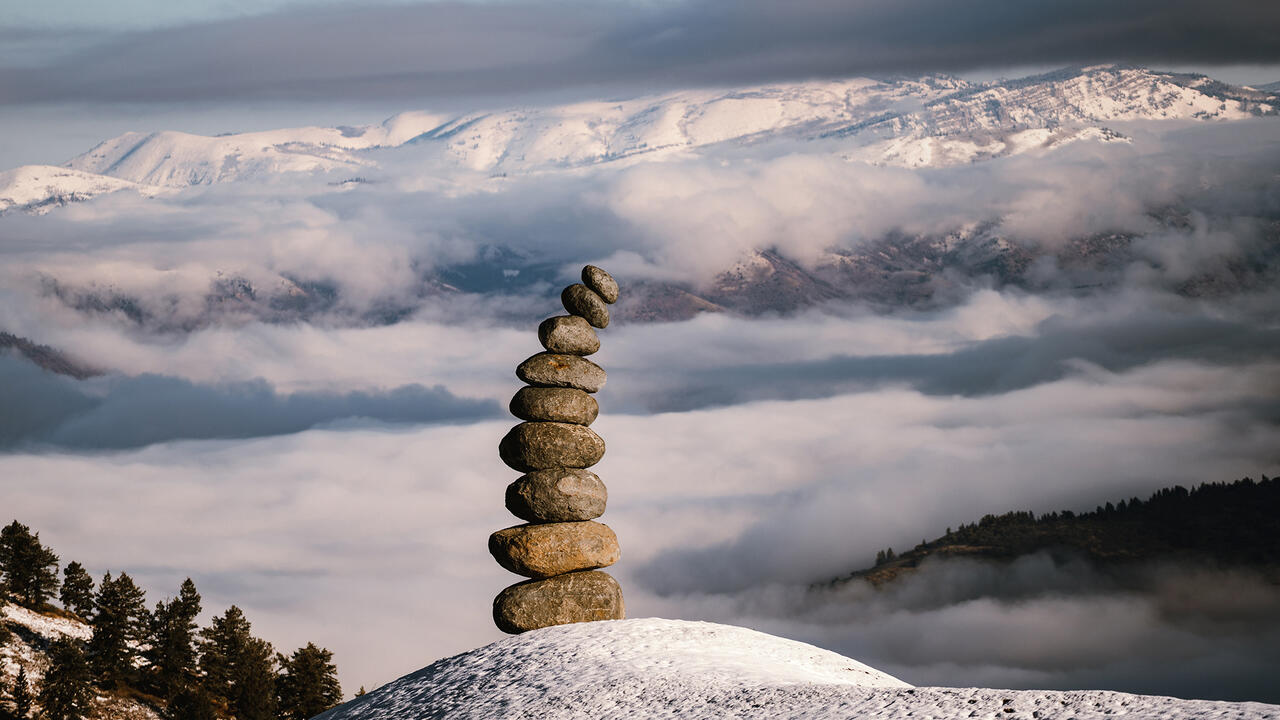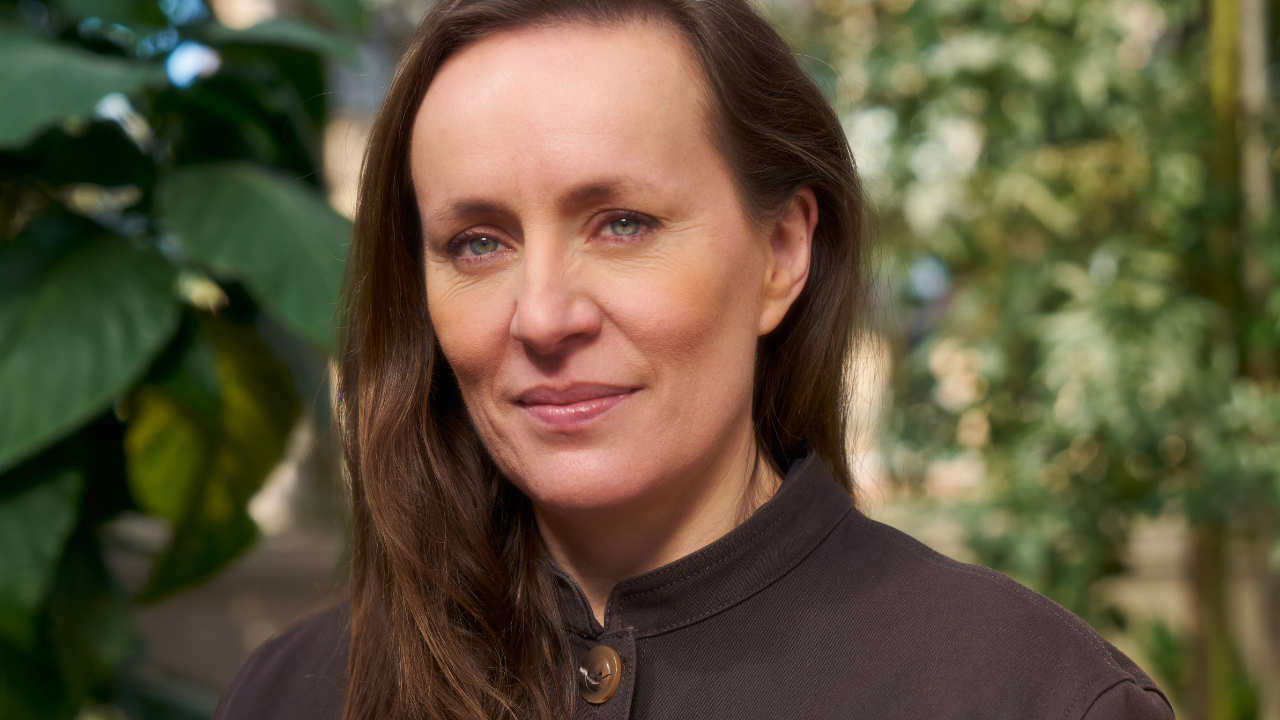Extraordinary Creatures: Maggi Hambling on Memorializing Her Heroes
The artist speaks to Sean Burns about her polarising public sculptures and capturing the spirit of her subjects
The artist speaks to Sean Burns about her polarising public sculptures and capturing the spirit of her subjects

Maggi Hambling is an outlier in British art whose public works are as singular and idiosyncratic as she is herself. Sean Burns spoke to the artist at her Suffolk studio about Oscar Wilde, brushing off criticism and capturing the spirit of her subjects.
Sean Burns In 1998, your sculpture A Conversation with Oscar Wilde was unveiled near Charing Cross in London. What does Wilde mean to you?
Maggi Hambling Wilde came into my life when a teacher read his children’s stories to us at school. Something extraordinary happened when I listened to his language and imagination. I asked for his complete works for my twelfth birthday. The Picture of Dorian Gray [1890] was the first novel I ever read; I still have the blue, leather-bound volume.

SB I think about Wilde as someone who operated in both nightlife and intellectual circles. In that sense, the work is perfectly situated where those two spheres meet: as Soho turns into Whitehall, next to a public urinal.
MH I wanted it to be somewhere someone could sit for a minute and have a chat with him. It was imperative to me that he wasn’t up on some vast plinth. Many people’s idea of Wilde is that he was this extraordinary creature camping about the Café Royal, but he was very much a man of the people, too. He needed to be on our level. He wrote that wonderful line in The Picture of Dorian Gray: ‘When critics disagree, the artist is in accord with himself.’ I never dreamt the sculpture would be controversial. I’ve never set out to be controversial; it just seems to happen.
SB Are you ever effected by how a work is received?
MH The grand old actor Donald Wolfit used to say, when he received a good review: ‘What an intelligent person!’ And, when he got a bad one: ‘Written by one of my enemies.’ There’s nothing one can do about it. I spend all this time alone in the studio, working on preparatory drawings and maquettes, but, ultimately, the work has a life of its own.
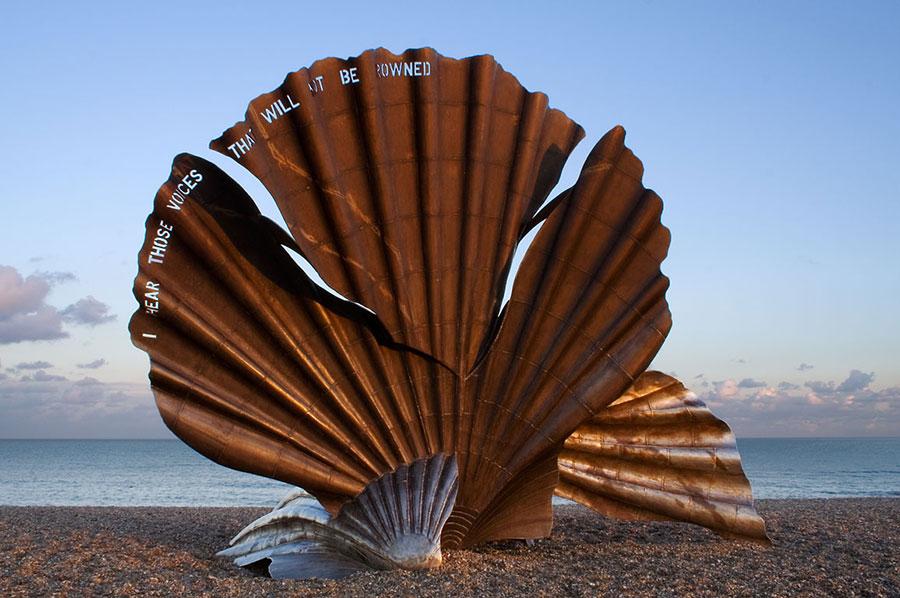
SB Does your perception of a work change in the years that follow?
MH Scallop [2003], my sculpture for Benjamin Britten on Aldeburgh beach in Suffolk, has almost become a place of pilgrimage for people. I conceived it as a conversation with the sea, where someone, wandering lonely as a cloud, could pause for a minute and contemplate the horizon. That it now has lovers enjoying its nether regions is fantastic!
SB So there is an element of celebration in your works?
MH I hope so. ‘Memorial’ makes me think of death. What surprised me about Scallop was that I honestly thought it was one of the more beautiful things I had made. Yet, 13 lots of boring graffiti had to be removed from it.
SB Did you secretly quite like that?
MH If I’d wanted graffiti on it, I would have put it there myself, and it would have been more poetic. That said, if something turns out to be controversial, it seems to prove that it’s got a bit of life to it.
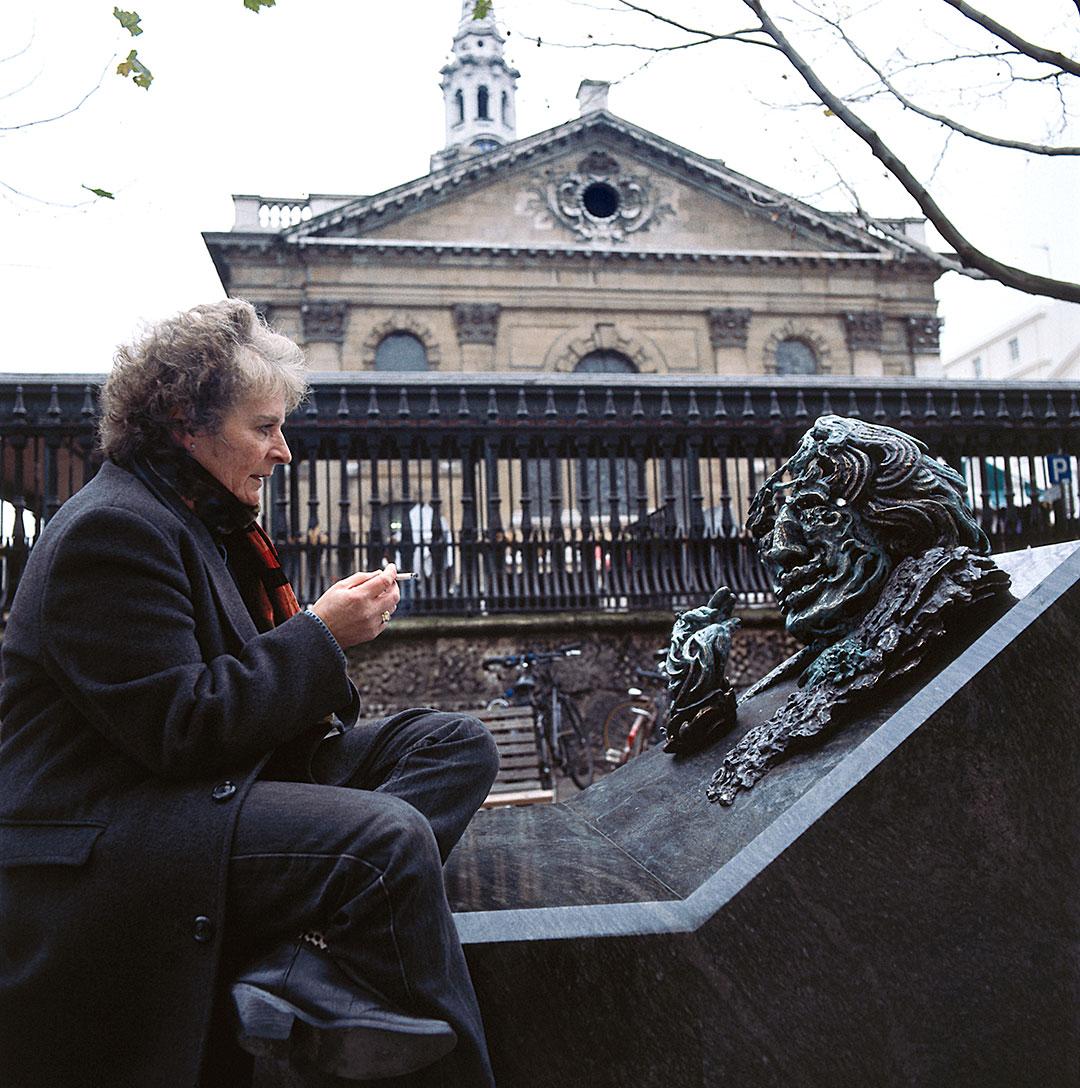
SB Can you talk about the environmentalist dimension in your work?
MH I did tonnes of paintings of the sea when I came to live here, which led to the series ‘Walls of Water’ [2010–ongoing]. Those works, in turn, led to ‘Edge’ [2014–ongoing], my series on the melting polar ice caps, about which I feel very strongly. I do think that a work can only move someone as much as the subject has moved the artist in the first place. I painted a portrait of the poet Victor Musgrave. He said to me: ‘I know that you’re an artist because you have this combination of remaining vulnerable to your subject and a backbone of steel that carries you on whatever anybody else says.’
SB You have to trust your own subjectivity.
MH Oh, yes. I remember going to Aldeburgh, lying on the shingle, and this cloud formed the shape of a fantastic bird above me. It was a sign that Scallop was going to happen.
SB These things matter.
MH They matter, ducky; they matter. When I have a whiskey at six o’clock, I occasionally feel quite pleased with what I’ve done. Then I come in the next morning, and it is total shit. I don’t know why the fuck that is – it’s all very mysterious.

SB What did you make of the reaction to your latest public work, A Sculpture for Mary Wollstonecraft [2020]?
MH I was amazed by people’s puritanical response to the tiny naked figure. They mistakenly thought it represented Wollstonecraft herself, but it’s her spirit; she was a rebel, for goodness sake! I didn’t want the figure in historical dress: we’re alive now, so the sculpture has to work for us now. Someone described it as a ‘skyrocket of hope’. I quite like that. It’s always got to be the spirit of the subject; that’s what I respond to.
This conversation is part of a series on public art. It will appear in the May issue of frieze. Maggi Hambling, Making Love with the Paint, 2020, is available to watch on BBC iPlayer in the UK.
Main image: Maggi Hambling, Wall of Water XII (detail), oil on canvas, 2012, 2 × 2.3 m. Courtesy: the artist and Marlborough Gallery, London; photograph: Douglas Atfield













